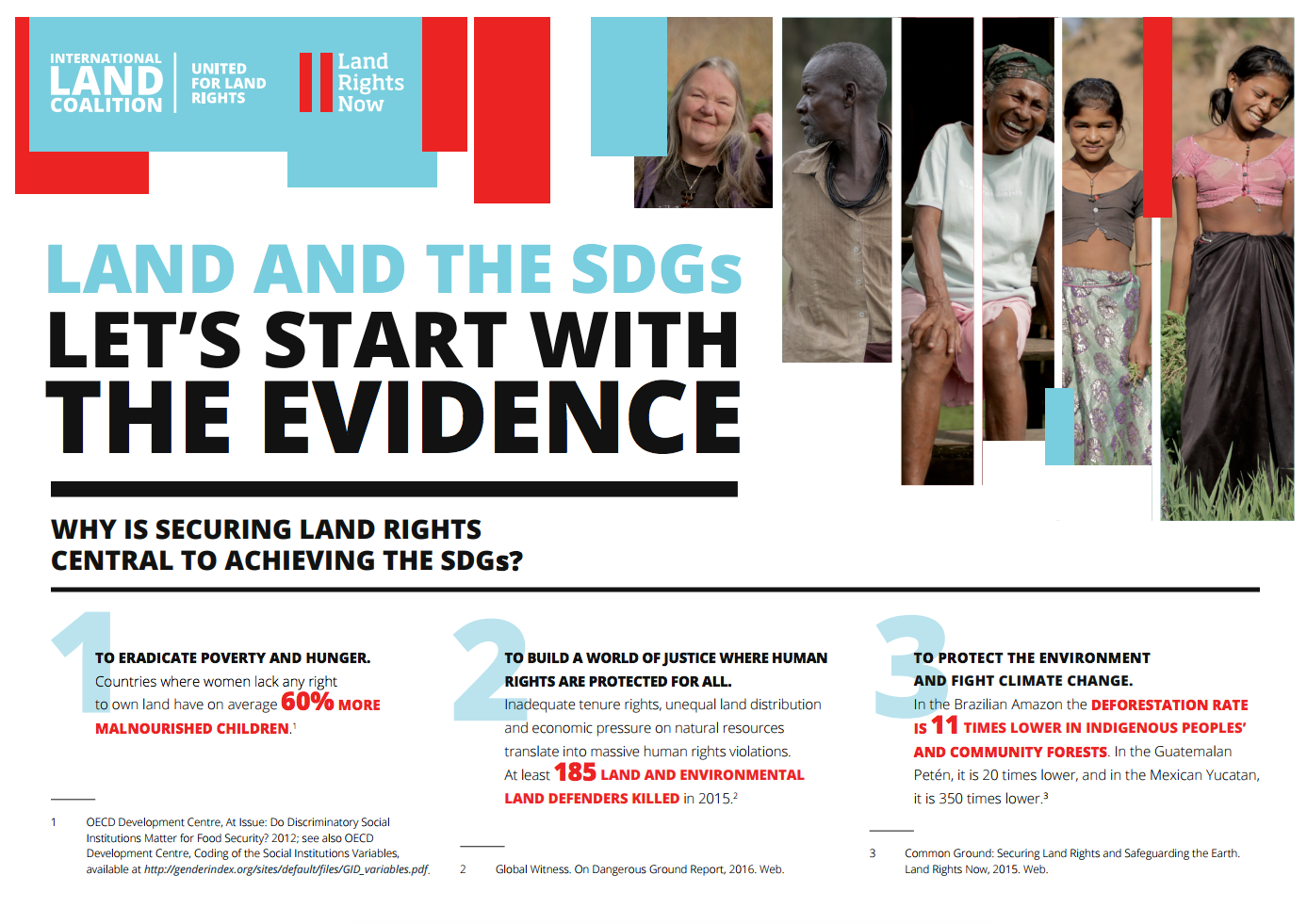‘Goan Impasse’: land rights and resistance to SEZs in Goa, India
Conflicts over land-grabs for industry, infrastructure and urbanization are on the rise in emerging economies. A slew of policy measures undergird such land deals in India but have encountered successful resistance from peasants and citizens groups. In Goa, resistance led to the revocation of the state's special economic zone (SEZ) policy and cancellation of all approved SEZs, many developed by prominent realty firms. As battle over three SEZs continues in the Supreme Court of India, there is hope that commons will be returned to local communities.


